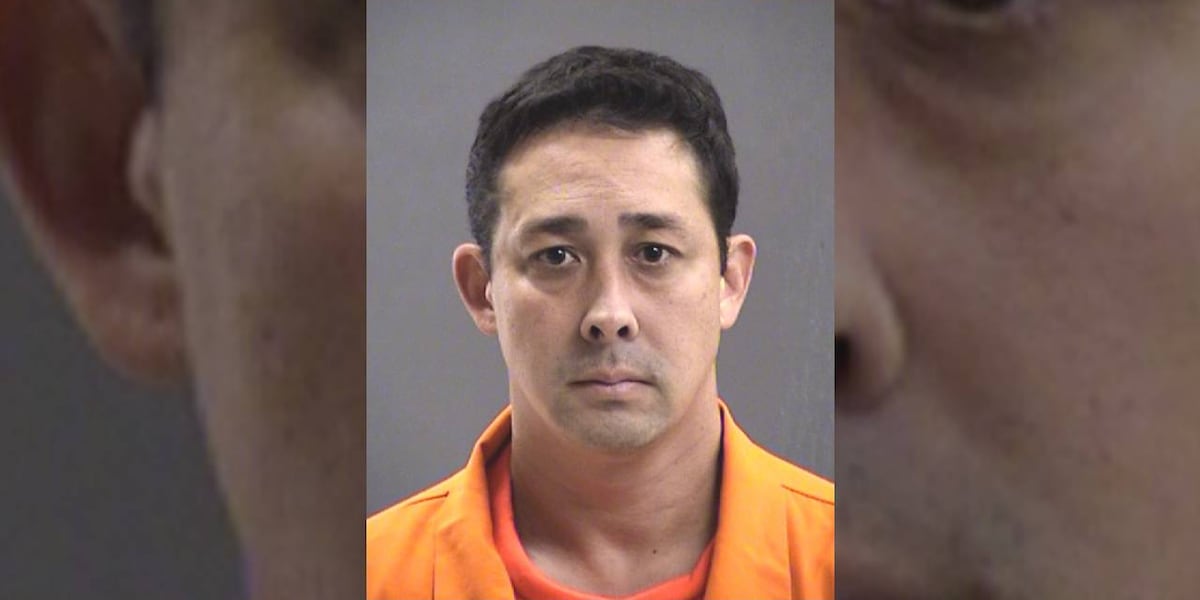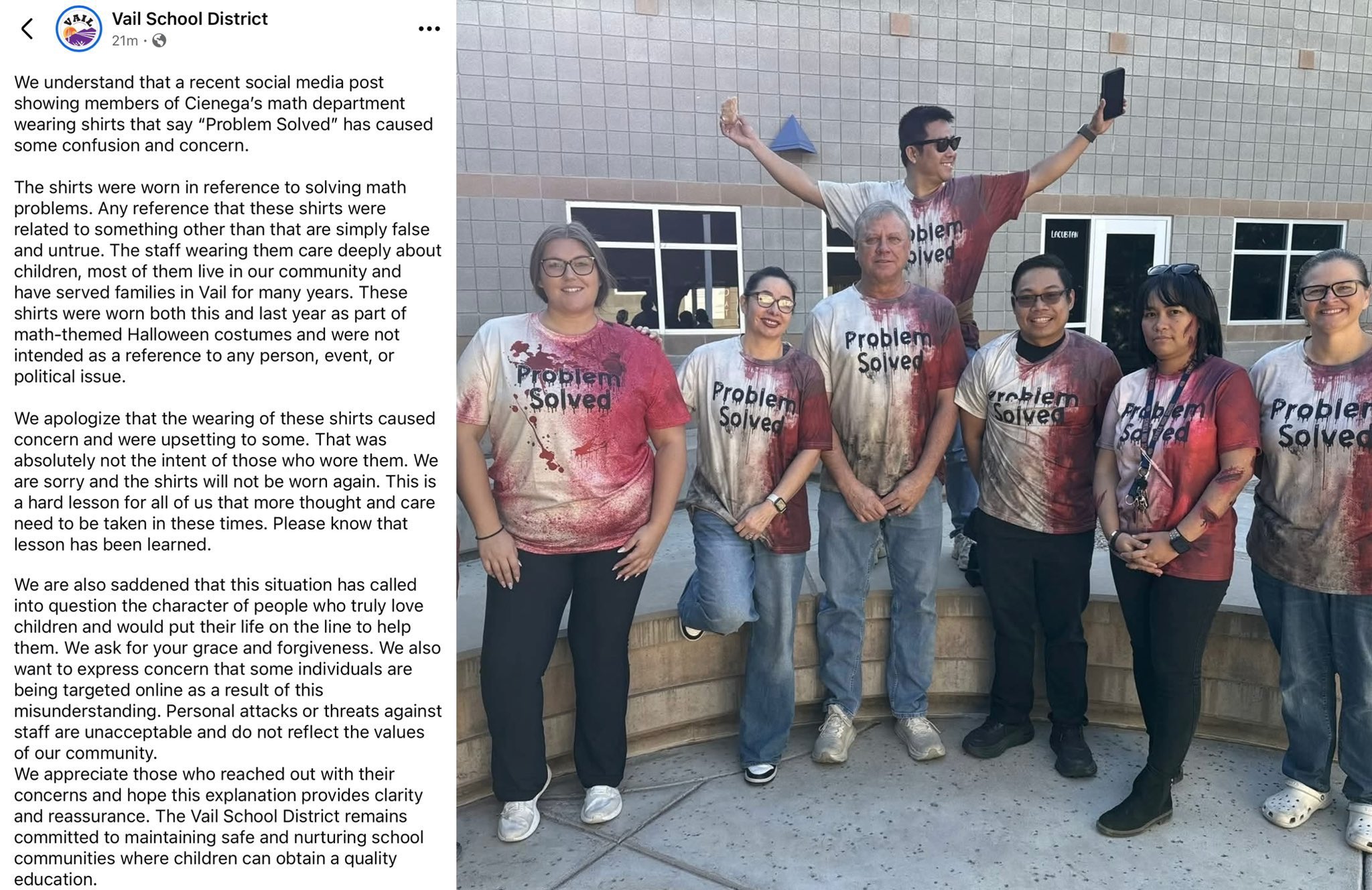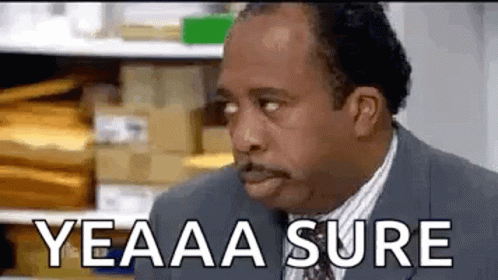You are using an out of date browser. It may not display this or other websites correctly.
You should upgrade or use an alternative browser.
You should upgrade or use an alternative browser.
Teachers in the news
- Thread starter Diogenes
- Start date
Diogenes
Nemo me impune lacessit
Not the fault of most teachers. Huge class sizes and demands that everyone receive a passing grade or graduate have destroyed the education system.
Partly true.
Excessive digital media displaces reading.
Chronic absenteeism (30% of students miss 18+ days/year)
Parents with low literacy (often due to their own educational gaps) can't model reading or help with homework. Children of low-literate adults are 72% more likely to struggle in school.
35% of low-literate adults are non-native English speakers; many immigrants arrive with limited formal education.
However, up to 40% of teachers lack training in evidence-based methods like phonics (the "science of reading").
U.S. taxpayers fund K-12 public education with $878 billion annually (2025 estimate), supporting 49.6 million students. That’s $17,700 per student in taxpayer revenue, though actual school spending averages $17,277 per student.Funding comes from three levels:
- State governments contribute $384 billion (44% of total, or $7,738 per student) — mainly from income and sales taxes.
- Local governments provide $375 billion (43%, or $7,562 per student) — primarily property taxes.
- Federal government adds $119 billion (13%, or $2,400 per student) — from income and corporate taxes, focused on high-need students.
We can discuss the high salaries of the overabundance of 'administrators' at a future date.
Let's.
Jake Starkey
Verified User
If your children read, their cognitive skills will be adequate.
Diogenes
Nemo me impune lacessit

School teacher arrested for alleged child sexual abuse in Colton
Detectives said Bemis Elementary School teacher Steve Popper allegedly abused multiple children.
Diogenes
Nemo me impune lacessit

Celina teacher arrested at Moore Middle School for alleged child endangerment
Police intervene after a Celina teacher allegedly endangers a child. Discover what took place at Moore Middle School.
 www.nbcdfw.com
www.nbcdfw.com
Diogenes
Nemo me impune lacessit

Southern California teacher arrested on suspicion of sexually abusing multiple children, officials say
Detectives identified Bemis Elementary School teacher Steve Paul Perry Popper, 47, of Colton, as the suspect.
Diogenes
Nemo me impune lacessit

Tampa middle school teacher accused of having child porn arrested on fugitive warrant
A Tampa middle school teacher is behind bars awaiting extradition to Washington after being arrested on Tuesday on seven felony charges of possession of child sexual abuse material.
Diogenes
Nemo me impune lacessit

ICE agents detain Denver-area teacher after routine immigration appointment
The teacher was arrested with her family on Friday during a routine immigration appointment at a Centennial ICE office
 coloradosun.com
coloradosun.com
Diogenes
Nemo me impune lacessit

Dallas County, Mo., instructor arrested on sex crime charges from West Virginia
Authorities arrested a Dallas County teacher on sex crime charges stemming from West Virginia.
Into the Night
Verified User
Well THAT theory is falsified! Democrats are the exception that disproves the theory!If your children read, their cognitive skills will be adequate.
Diogenes
Nemo me impune lacessit

Teacher accused of sharing inappropriate text messages with children
Jacksonville police say they arrested Manley Moore, of Richlands, this morning.
Jake Starkey
Verified User
Well THAT theory is falsified! Democrats are the exception that disproves the theory!






Diogenes
Nemo me impune lacessit

Charges filed for former teacher, boyfriend accused of grooming Nebraska student
Charges were filed against a former teacher and her boyfriend who are accused of grooming a Nebraska student.
Diogenes
Nemo me impune lacessit

Ex-Mesa teacher sentenced to 180 years in prison for sex with students
A former East Valley teacher has been sentenced to nearly two centuries behind bars for sex crimes involving two students, the Maricopa County Attorney’s Office announced on Tuesday.
T. A. Gardner
Serial Thread Killer
Vail is a suburb of Tucson AZ. Tucson is the "Berkeley" of Arizona and a pocket of Leftist insanity.
Jake Starkey
Verified User
There is no "Leftist" insanity in America.
The MAGA, however, have quite a few nuts of there own.
The MAGA, however, have quite a few nuts of there own.
Diogenes
Nemo me impune lacessit
There is no "Leftist" insanity in America.
Is that a fact?
The MAGA, however, have quite a few nuts of there own.
True.




